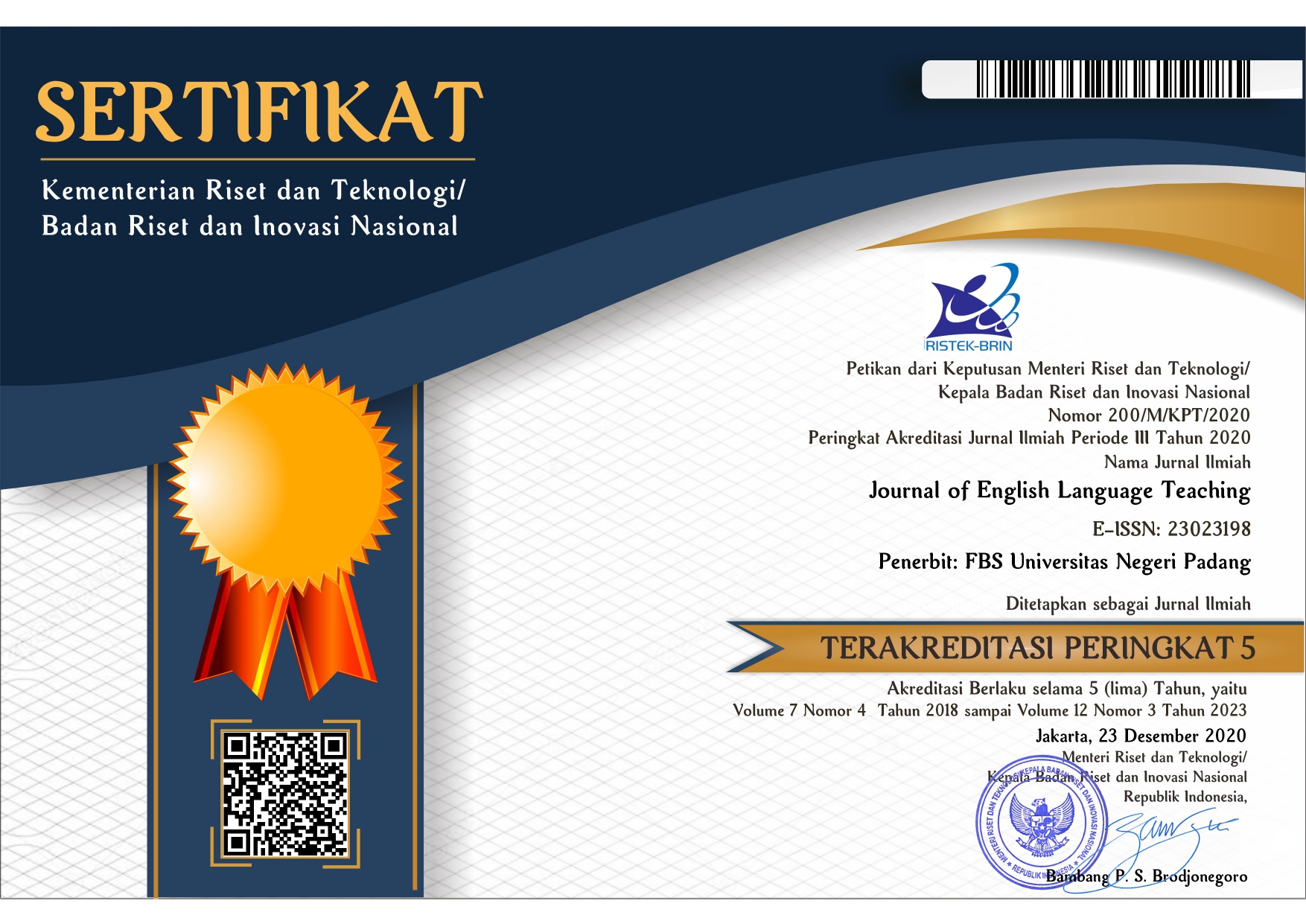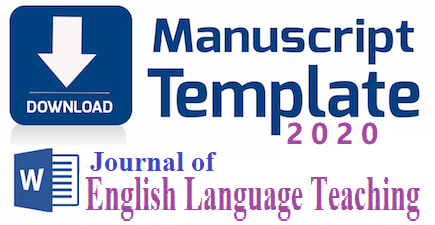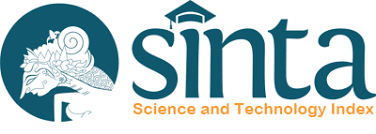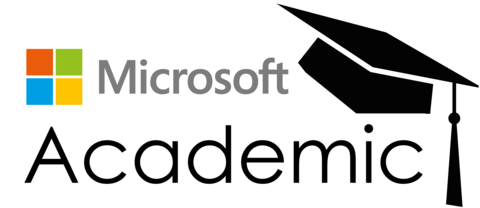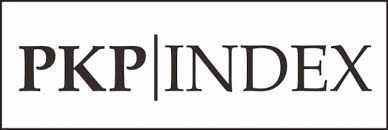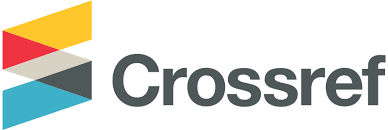The Effectiveness of K-W-L-A (Know, Want, Learned, Affect) Strategy in Improving Students’ Reading Comprehension at Senior Islamic High School 4 Agam
 ), Fitrawati Fitrawati(2),
), Fitrawati Fitrawati(2), (1) Universitas Negeri Padang
(2) Universitas Negeri Padang
 Corresponding Author
Corresponding Author
Copyright (c) 2023 Suci Wahyuni
DOI : https://doi.org/10.24036/jelt.v12i4.125940
Full Text:
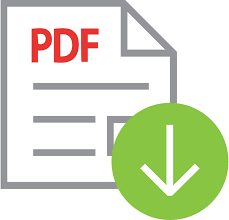 Language : en
Language : en
Abstract
This study aims to examine the effectiveness of the K-W-L-A strategy on students' reading comprehension at Man 4 Agam. It is a quasi-experimental study. A test was utilized as a tool by researchers to collect data. There were 30 questions, however 3 of them were found to be invalid following the validity and reliability tests. The researcher corrected the invalid questions so they could be used again. Eleventh-grade student social studies at MAN 4 Agam took part in this research. There are 40 students consisting of two classes. The control group is eleventh-grade social 1. This class consists of 20 students. The experimental group is eleventh grade social 2 which consists of 20 students. Paired sample t-test research results, the K-W-L-A strategy significantly improved the reading comprehension abilities of the students. With a significance value smaller than 0.05, namely 0.000. This shows that pupils' reading comprehension skills can be considerably improved by effectively implementing the K-W-L-A approach.
Keywords
References
Arikunto, S. (2006). Prosedure Penelitian: Suatu Pendekatan Praktik.Jakarta: PT Rineksa Cipta.
Aryani, Suprobo, Umar, Samadya., dan Nugrahety. (2012). Peningkatan Keterampilan Membaca Pemahaman melalui Stategi KWL pada Siswa kelas IV A SDN Sekaran 01 Semarang. Journal of Elementary Education 1.
Bromley, K. (2007). Nine things every teacher should know about words and vocabulary instruction. Journal of Adolescent & Adult Literacy, 50, 528-536. https://doi.org/10.1598/JAAL.50.7.2
Ceyhan, S., & Yildiz, M. (2020) The effect of interactive reading aloud on student reading comprehension, reading motivation International Electronic Journal of Elementary Education, 13 (4), 421–431. https://doi.org/10.26822/iejee.2021.201
ESRC, Reading Comprehension: Nature, Assessment and Teaching, Accessed on 2023/02/15(http://download.learningrx.com/reading-comprehension-research-paper.pdf)
James W. Cunningham (2000). Nasional Reading Panel. Reading Research Quarterly. 36(3):326-335. DOI:10.1598/RRQ.36.3.5
Nudiya. Afiya. F., and Rohani. (2019). Improving Reading Comprehension of Report Text Using KWL Strategy. Journal of English Language Teaching. Semarang 2019, 26.
Phantharakphong, P., & Pothitha, S. (2014). Development of English Reading Comprehension by Using Concept Maps. Procedia – Social and Behavioral Sciences, 116, 497 – 501. https://doi.org/10.1016/j.sbspro.2014.01.247
Sugiyono. (2011). Metode Penelitian Kuantitatif, Kualitatif dan R&D. Bandung: Afabeta.
Supriyono. (2008). Membimbing Siswa Membaca Cerdas dengan Taksonomi Barret. https://docplayer.info/29912316-Membimbing-Siswa-Membaca-Cerdas-dengan-Taksonomi-Barret-drs-supriyono.html
Yulianah, Prihatin., and Raras. H. Sari. (2020). Effectiveness of KWLA (Know, What, Learned, Affect) Strategy in Improving the Ability of Reading. Advances in Social Scinece, Education and Humanities Research, Volume 491.
Yopp, Ruth, Helendan, Hallie, Kay. (2000). “Sharing Informational Text with Young Children”. The Reading Teacher, Vol. 53, NO. 5. http://www.jstor.org
Wiesendanger, D., Katherine. (2001). Strategies for Literacy Education. Columbus. Ohio: Merril Prentice Hall.
Willy. A. Renandya and George. M. Jacob, Students-Centered Learning in ELT. IAN W. A. Renandya and H. P. Widodo (eds.). English Language Teaching Today: Linking Theory and Practice (Switzerland: Springer International Publishing AG, 2016), 13.
 Article Metrics
Article Metrics
 Abstract Views : 88 times
Abstract Views : 88 times
 PDF Downloaded : 32 times
PDF Downloaded : 32 times
Refbacks
- There are currently no refbacks.
Copyright (c) 2023 Suci Wahyuni

This work is licensed under a Creative Commons Attribution-NonCommercial 4.0 International License.

